Got Bunions? Get Lapiplasty®
3D Bunion Correction™
• Fixes the root cause (an unstable joint)
• Provides a 3D fix for a 3D problem
• Get back on your feet quickly in a walking boot1
Watch to learn more about how the unique Lapiplasty®
3D Bunion Correction™
procedure works
Are Bunions Limiting Your Activities and Lifestyle?
Bunions can be very painful. With each step, your entire body weight rests on that bunion. Ouch! Conservative treatment options can help alleviate pain, but will not fix the problem because bunions are a progressive disorder that will not go away on their own without surgical correction.2
Bunions Are More Than a Bump
Bunion Surgery Has Changed
A common misconception is that a bunion is simply a “bump” that can be “shaved off.” But, bunions are more than a bump – they are complex 3D problems caused by an unstable joint in the middle of the foot. While the majority of bunion surgery is only 2D and fails to address the root cause, Lapiplasty® provides a 3D correction and secures the unstable joint.
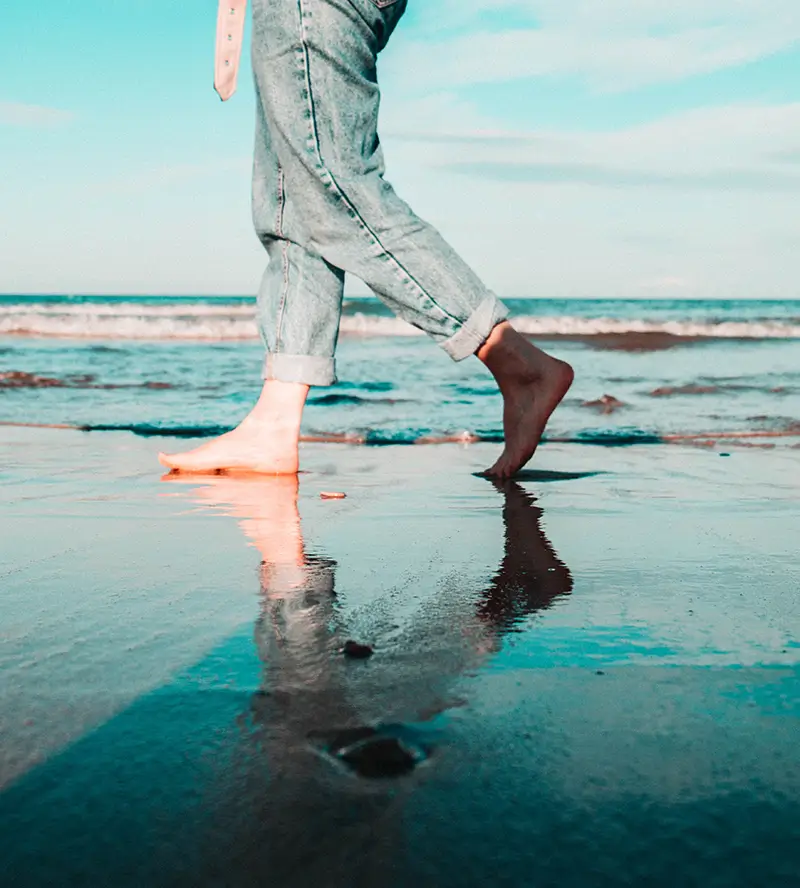
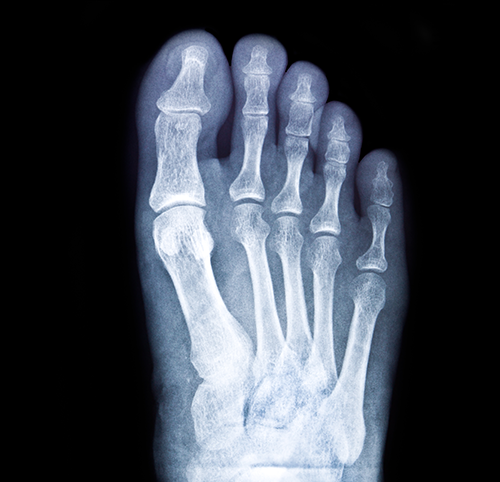
Featuring
Lapiplasty® 3D Bunion Correction™
Patented, advanced technology designed to correct all 3 dimensions of the bunion at the root of the problem (unstable joint). Learn how Lapiplasty® has changed the game.
If you are ready to get back to your active lifestyle but foot pain is holding you back, lapiplasty® may be right for you.
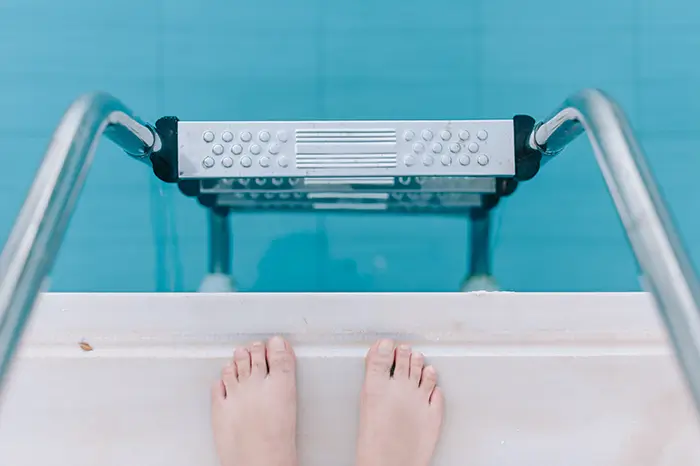
More about Lapiplasty®
Revolutionary Technology
Lapiplasty® stands as a revolutionary solution for bunion correction, leveraging advanced 3D technology to target the root cause of bunions. Unlike conventional methods that solely address the outward bump, Lapiplasty® takes a comprehensive approach. By realigning the foot bones and securing the joint using specialized titanium plates, this procedure rectifies the deformity in three dimensions. Through the stabilization of the unstable joint, Lapiplasty® not only enhances aesthetics but also improves functionality and provides lasting relief from pain and discomfort. With Lapiplasty®, individuals can confidently regain mobility, freeing themselves from the limitations and challenges posed by bunions.

Your questions answered
Why Lapiplasty®?
Discover the origins of the Lapiplasty® Procedure, a groundbreaking innovation crafted by a team of esteemed foot and ankle surgeons. Their collective expertise aimed to address the limitations and inconsistencies commonly associated with traditional 2D osteotomy bunion surgery. By delving into the reasons behind its development, one can understand the drive for improvement and the transformative potential that the Lapiplasty® Procedure brings to bunion treatment.
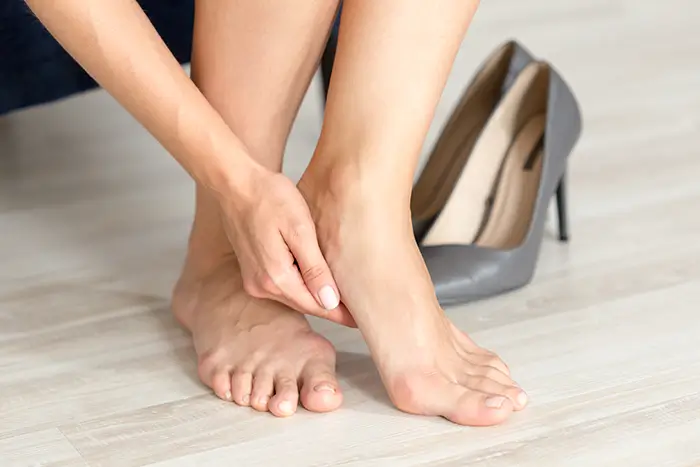
Your foot pain questions answered
What is a bunion?
A bunion, also known as hallux valgus, is a common foot condition characterized by a bony prominence that forms at the base of the big toe. It occurs when the big toe leans inward towards the other toes, causing the joint at the base to protrude. This misalignment can lead to pain, inflammation, and difficulty in finding comfortable footwear. Bunions often develop gradually over time due to various factors such as genetics, foot structure, improper footwear, or certain medical conditions. While they may initially appear as a noticeable bump, bunions are complex issues that involve changes in the underlying bone structure and joint alignment. Effective treatment aims to address both the symptoms and the underlying cause, providing relief and restoring proper foot function.
Fix It Right The First Time™
How Does Lapiplasty®
3D Bunion Correction™ Work?
While traditional 2D osteotomy surgery merely cuts & shifts the bone to address the cosmetic bump, Lapiplasty® 3D Bunion Correction™ does more — it corrects the entire bone in 3D and secures the unstable foundation to get you back on your feet quickly in a walking boot. The Lapiplasty® Procedure has also shown low recurrence; 97% and 99% maintain 3D correction in 13 and 17 months respectively.1,3
Lapiplasty®
3D Bunion Correction
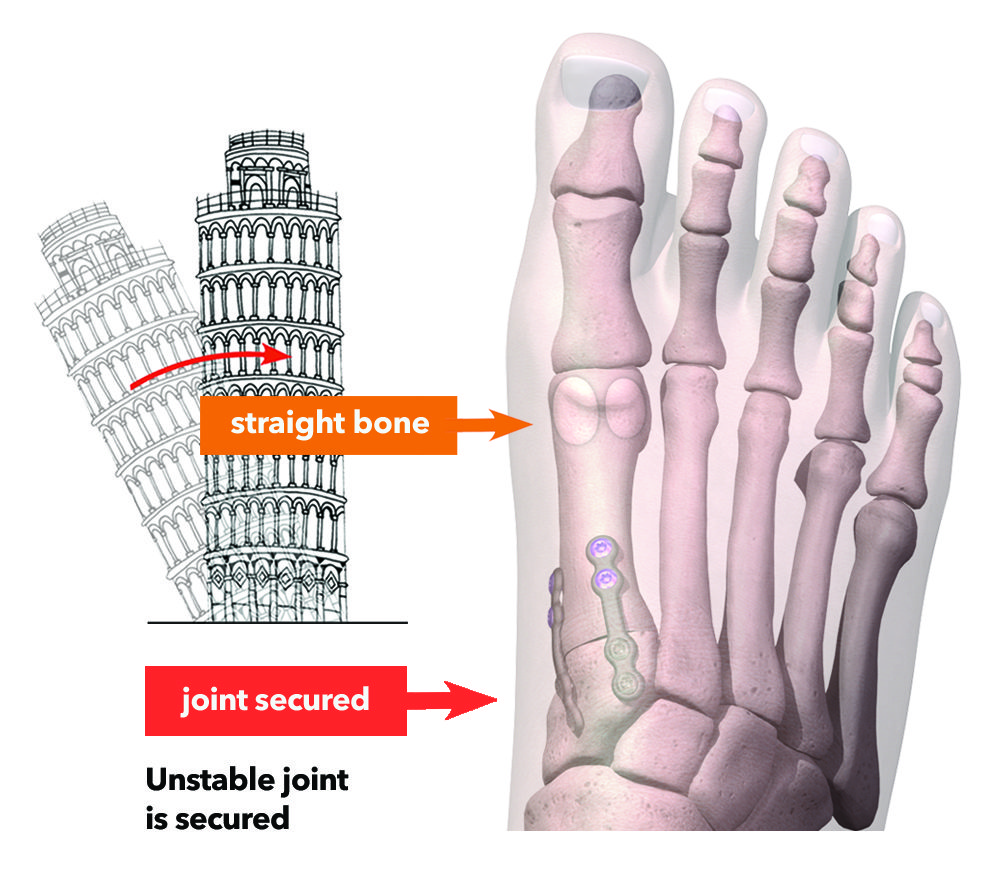
- Returns entire bone to normal alignment; a 3D correction
- Secures the root cause; an unstable joint
- Get back on your feet quickly in a boot; many cases within 2 weeks
Traditional
2D Bunion Surgery
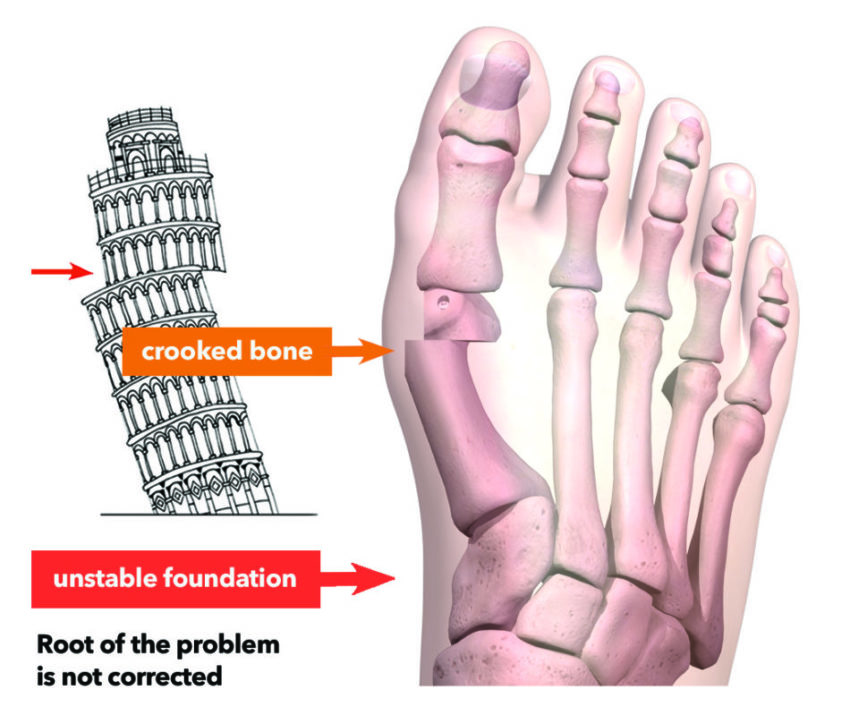
- Unnaturally cuts & shifts bone; only a 2D correction
- Addresses cosmetic “bump” only; not the root cause
- Keep completely off your feet for up to 6-8 weeks
Get Back on Your Feet Quickly
Recovery From Lapiplasty®
A typical recovery timeline is detailed below. However, timepoints and doctor’s orders vary based on each patient’s condition. Be sure to ask your doctor what your particular recovery protocol will look like.
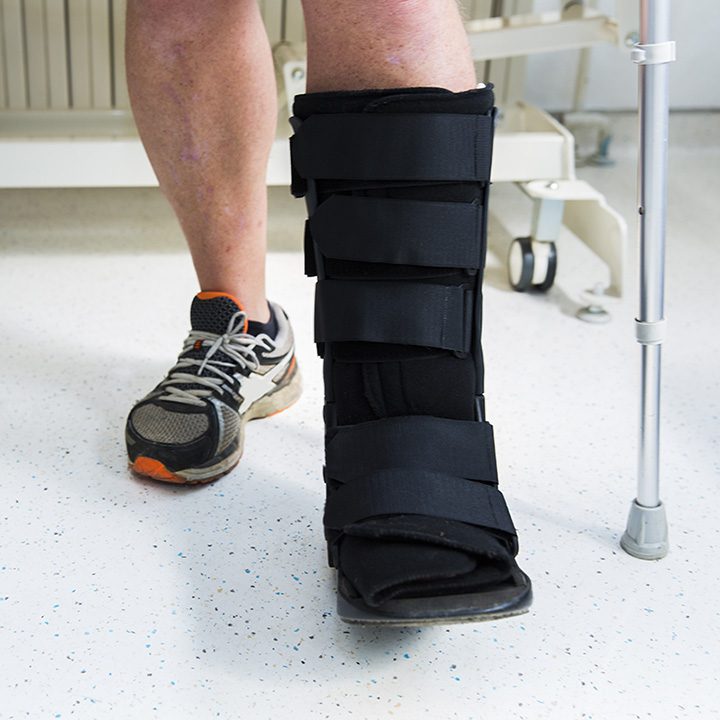
Within Days
Begin to put some weight on your foot1
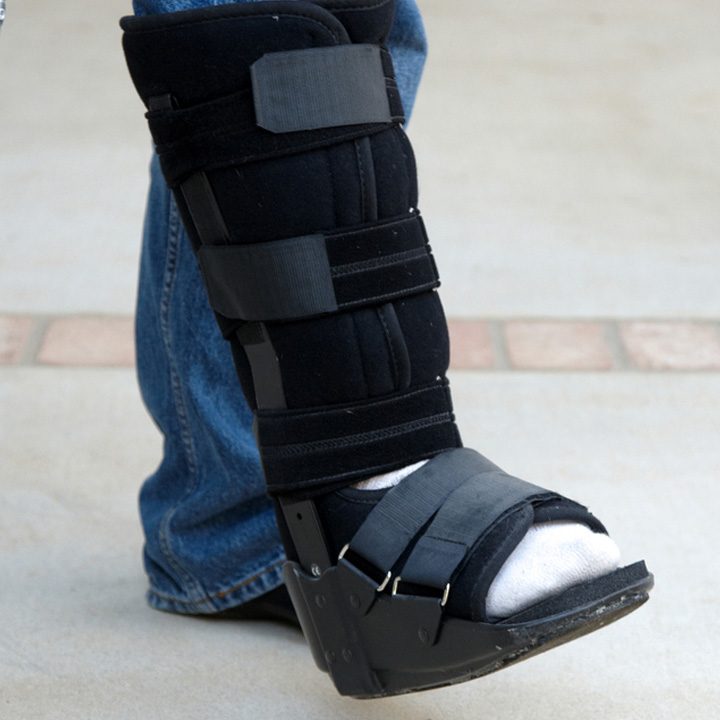
Next 4-6 Weeks
Walk in a boot and return to daily activities
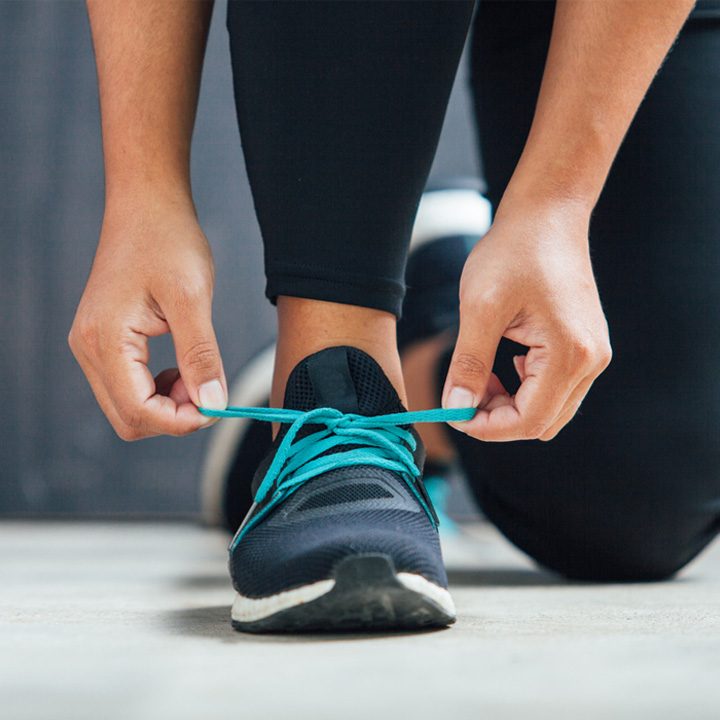
At 6-8 Weeks
Transition back into comfortable shoes

At 4-6 Months
Resume most activities and return to normal footwear
See the Results
Slide to view Lapiplasty® Before and after
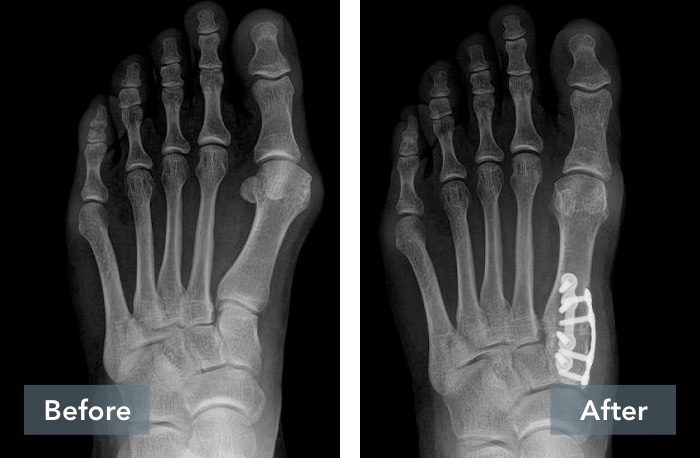
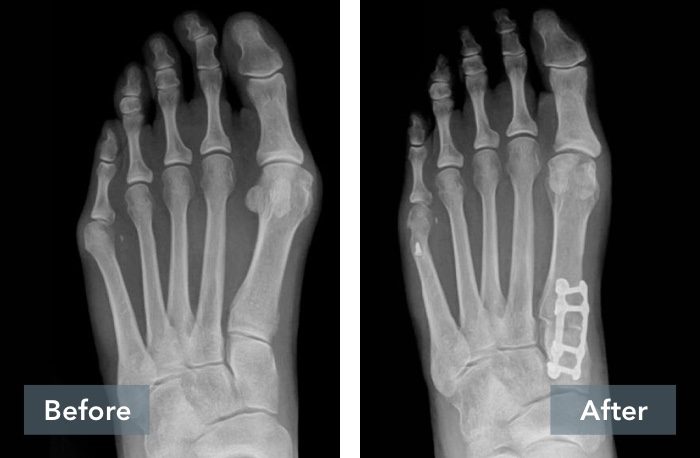
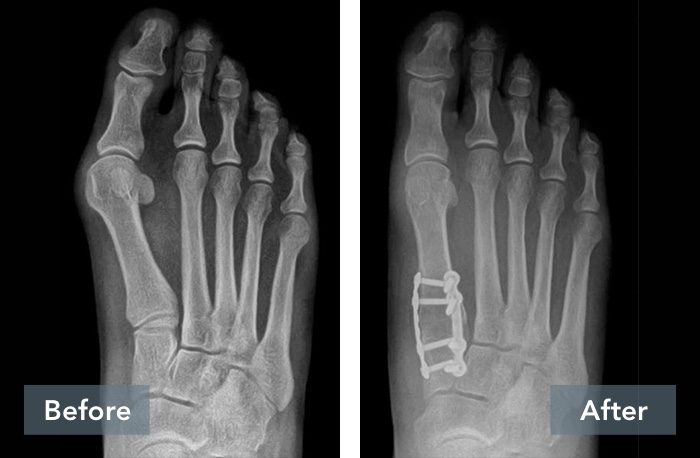
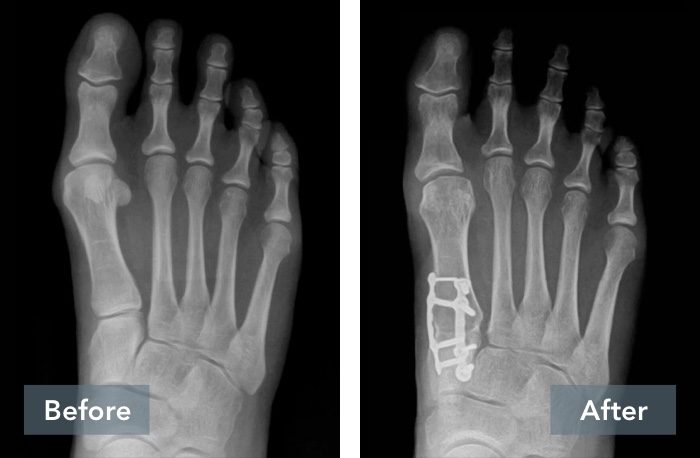
Changing Bunion Correction for Good
The Positive Effect of Lapiplasty®
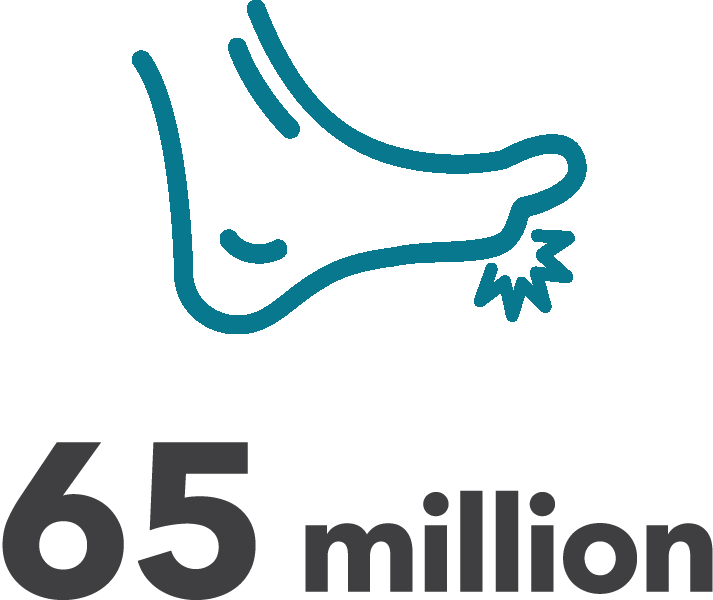
Americans are affected by a bunion deformity.
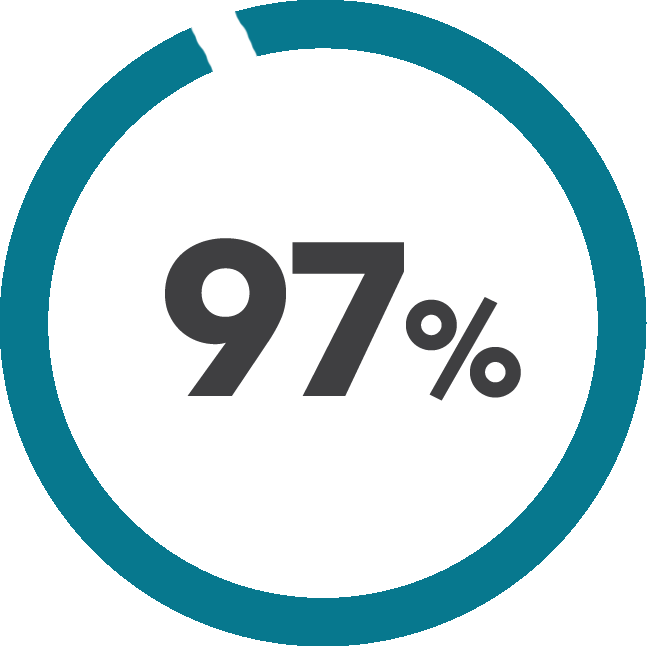
of Lapiplasty® patients maintained their 3D bunion correction at 13 months.1
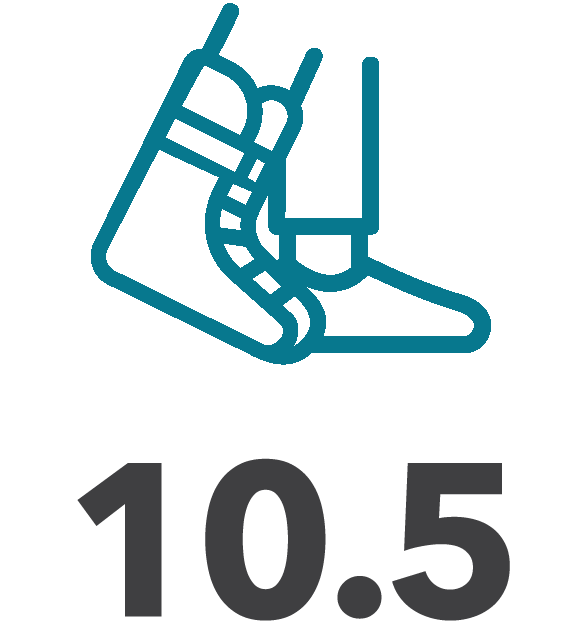
average days for Lapiplasty® patients to begin bearing weight on their operative foot in a boot.1

clinical publications directly support the Lapiplasty® procedure.
Real People, Real Stories
Hear What Patients Are Saying About
Lapiplasty® 3D Bunion Correction™

“It was so good to be able to get back to doing the things I enjoy without pain!”

“Five months after surgery I ran my first 10k; ten months later, a half marathon.”
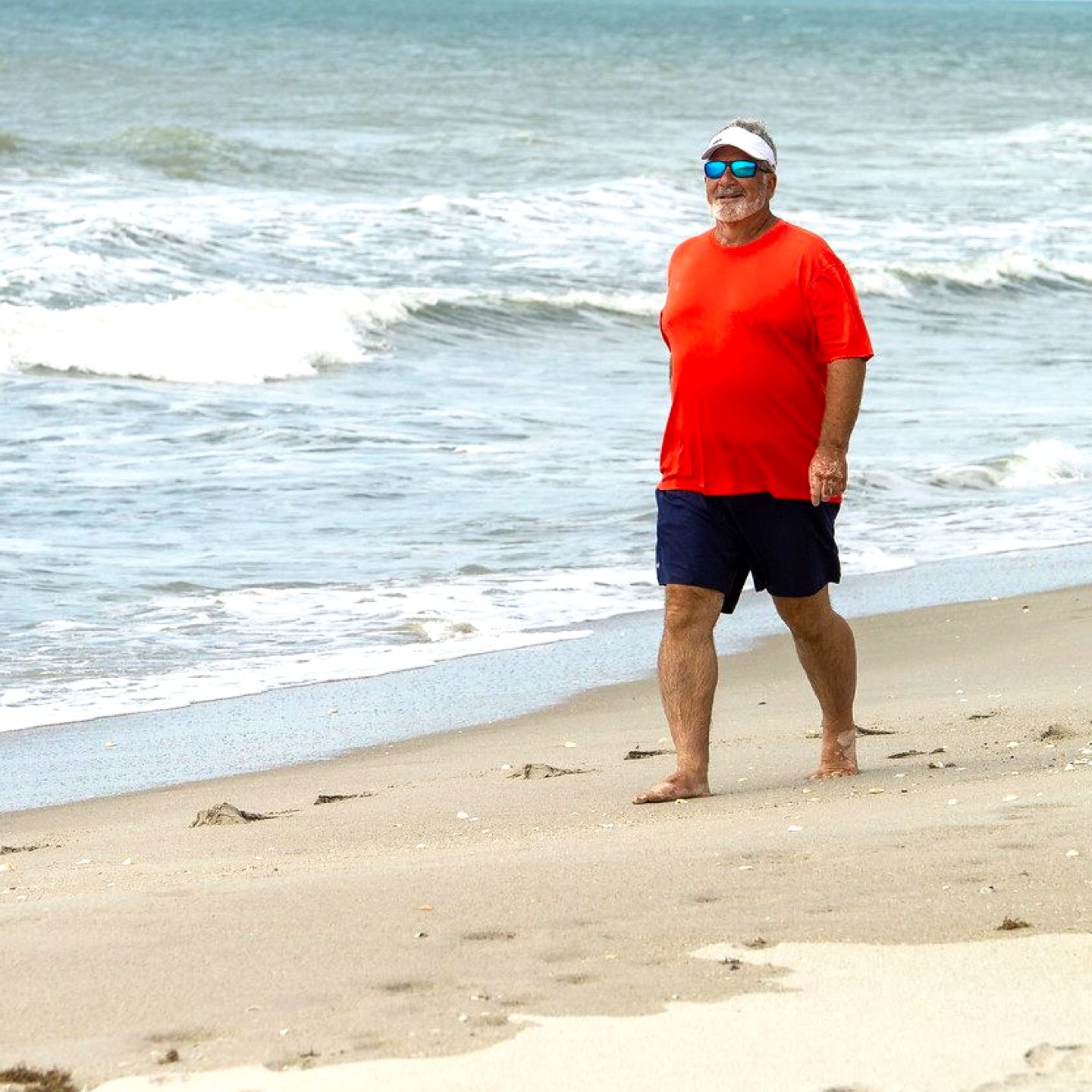
“I think I was most surprised that I was able to walk so soon and put pressure on my foot again without much pain”
Frequently Asked Questions
Your Title Goes Here
Your content goes here. Edit or remove this text inline or in the module Content settings. You can also style every aspect of this content in the module Design settings and even apply custom CSS to this text in the module Advanced settings.
Is the Lapiplasty® Procedure covered by insurance?
Your doctor’s office can reach out to your provider to determine your specific level of coverage and communicate coverage back to you after he/she has had a chance to evaluate you and make a surgical plan.
Can the Lapiplasty® Procedure be performed as an outpatient procedure and how long does it last?
Of course, if you have other procedures performed simultaneously along with Lapiplasty® 3D Bunion Correction™, that will influence the length of surgery time — however, an overnight stay will not be required and you will return home, the same day of surgery
Can I wear my choice of footwear again?
When can I return to sports / activities?
Can the Lapiplasty® Procedure be performed on someone who has previously had traditional surgery?
Yes. It is possible to have a failed 2D bunion surgery corrected and have an excellent clinical outcome.
Of course, it will be up to a doctor to do an evaluation of your foot in order to tell you if this could work for your particular and unique condition.
Watch to Learn More about Lapiplasty®
Looking for more in-depth information including benefit and risk?

Lapiplasty®
Looking for more information and resources?
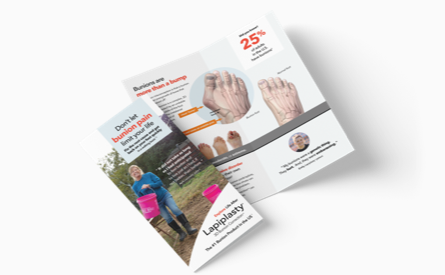
Lapiplasty® Brochure
Download brochure in English or Spanish
References
1. Ray J, et al. Foot Ankle Int. 2019 Aug;40(8):955-960.
2. American College of Foot & Ankle Surgeons website
3. Dayton P, et al. J Foot Ankle Surg. 2020, 59(2): 291-297.
